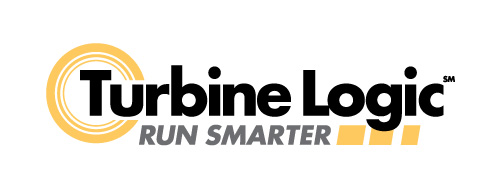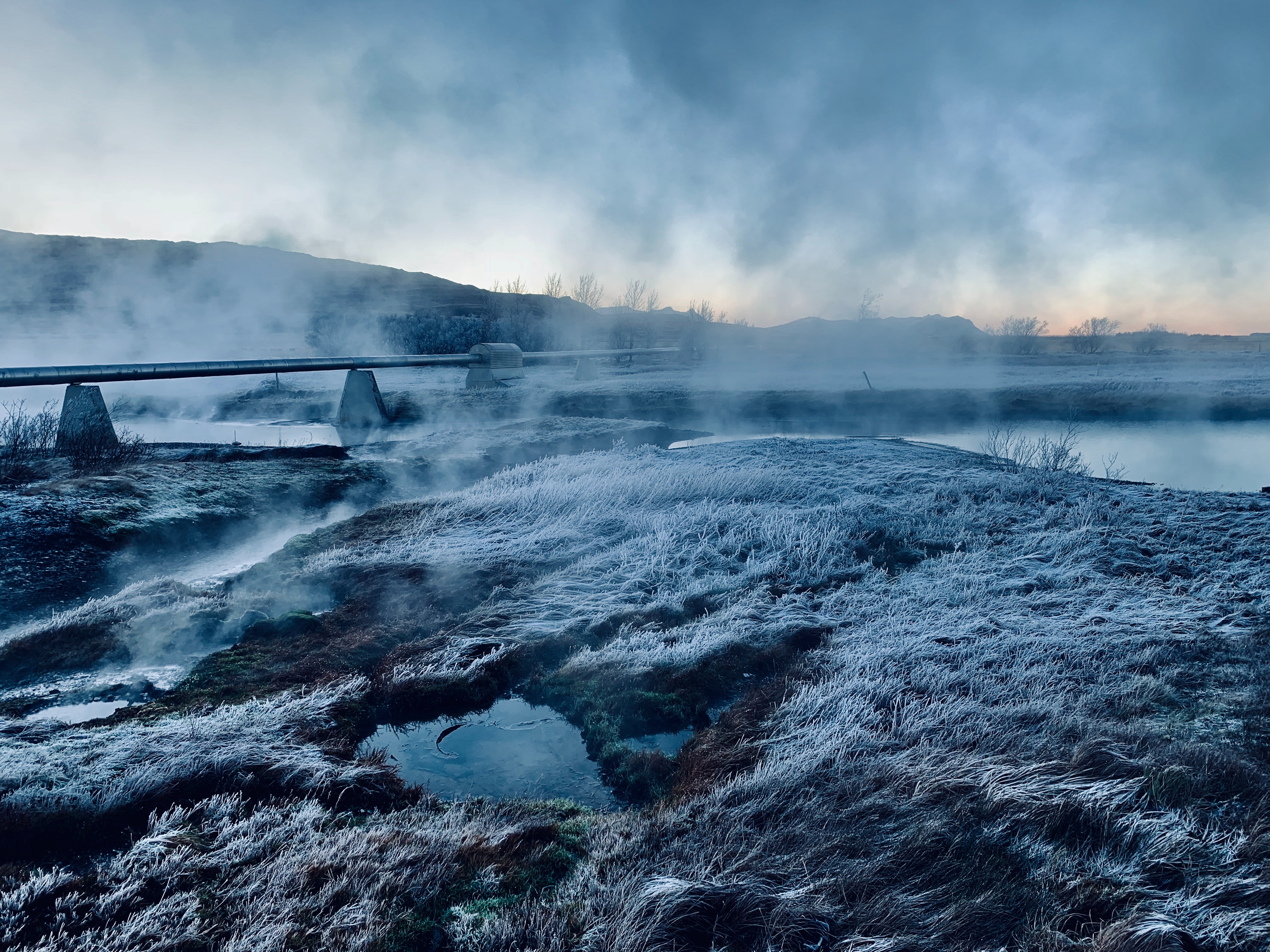It took a million-dollar Netflix production and a teenage superstar for many of us to realize that geothermal power is as widespread in northern countries as gas turbines are in the rest of the world. Zac Efron’s Down to Earth highlights how geothermal energy in Iceland could in fact be the key to the future of energy production.
Geothermal energy (Geo – Earth, Thermal – Heat) is a resource captured from the reservoirs of hot lava that exist at great depths below sea level on Earth. Large drills are used to access these reservoirs, and steam or hot water is brought back up to the surface to use in various applications – heating and cooling of buildings, electricity generation.
Due to the reservoir’s natural heat regeneration rate, geothermal energy is categorized as a renewable resource. There is extraordinarily little of the Earth’s deep crust we use for power generation, and therefore this resource is expected to help us last for the next foreseeable future. The benefits of geothermal energy continue, as it can be captured irrespective of the time of day or weather conditions, and less byproducts are seen in the capture of energy. For example, geothermal energy produces virtually no greenhouse gases1, consumes less water on average compared to other energy capture resources, and less land is required to set up a geothermal power plant compared to a coal plant or solar photovoltaic plant2, meaning less of the existing environment needs to be demolished or changes in order to incorporate a power plant.
Iceland is a geothermal hotspot on Earth. Sitting across continuously shifting tectonic plates and volcanic activity, Iceland has the unique geographical features that promote the deep drilling of the Earth’s core. The north tip of the Eurasian and North American tectonic plates sit on the coast of Rekjanesbaer, approximately 50km (31 miles) west of the Icelandic capital of Reykjavik. Tapping into the gaps between these plates, some nearly 50 feet wide, enable us to access hotspots miles below the bottom of the ocean. The Iceland Deep Drilling Project (IDDP) incorporates a group of scientists that establish drilling locations at these hotspots around the country; they drill to depths of 5km (3 miles) and look for temperatures of 600oC (1112oF)3 in order to efficiently capture this energy source, and ideally would want to dig even deeper in order to harness energy at even hotter temperatures4.
This seems too good to be true. Is there a catch?
Geothermal Energy is best captured where hot lava reservoirs can be accessed. This essentially limits the locations around the world where this is possible. Although ideally this could be done on any piece of land situated along a shifting tectonic plate, sustaining these locations becomes a challenge as access to these hotspots can be quite limited, especially if they are out in the middle of the ocean. In the United States, we see that most of the west sits on top of hotter land than the east5. Therefore, geothermal capture, say in and around Yellowstone National Park, would prove to be extremely beneficial. Nevertheless, the energy that can be captured by one or two geothermal power plants is not on the same order of magnitude of the power that can be captured by a gas turbine of the same size, it is expected that geothermal energy will prove to be an extremely important alternative to burning coal for heat purposes.
At the moment, California produces the most geothermal energy in the United States5. The hot geysers in Northern California have provided dry steam for the world since as early as 1960. While Iceland’s geothermal plants have been pursued since the early 2000’s we now see that the energy capture has been streamlined and is starting to provide for various needs of the country.
In fact, it seems to be so streamlined, even Zac Efron decided to pay a visit.
References:
1 Argonne National Lab. Life Cycle Analysis Results of Geothermal Systems in Comparison to Other Power Systems; Figure 16, page 43. August 2010.
2 Geothermal Energy Administration. A Guide to Geothermal and the Environment. 2007.
3 Report of workshop no. 2 of the iceland deep drilling project, nesjavellir, iceland, october 13-15, 2002 (No. 3; SAGA Report). (2002).
4 A solution to our clean energy problem may lie right beneath our feet. (n.d.). Time. Retrieved August 7, 2020, from https://time.com/4844086/geothermal-energy-iceland-deep-drilling-project/
5 Where geothermal energy is found—U. S. Energy information administration(Eia). (n.d.). Retrieved August 7, 2020, from https://www.eia.gov/energyexplained/geothermal/where-geothermal-energy-is-found.php
Photo by Joey Clover on Unsplash


